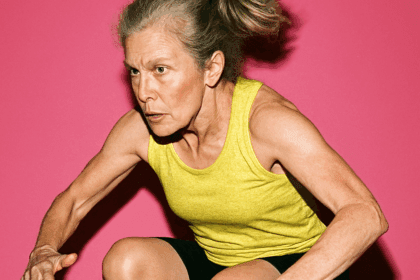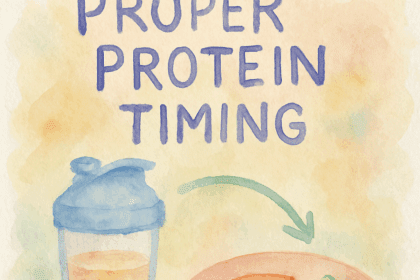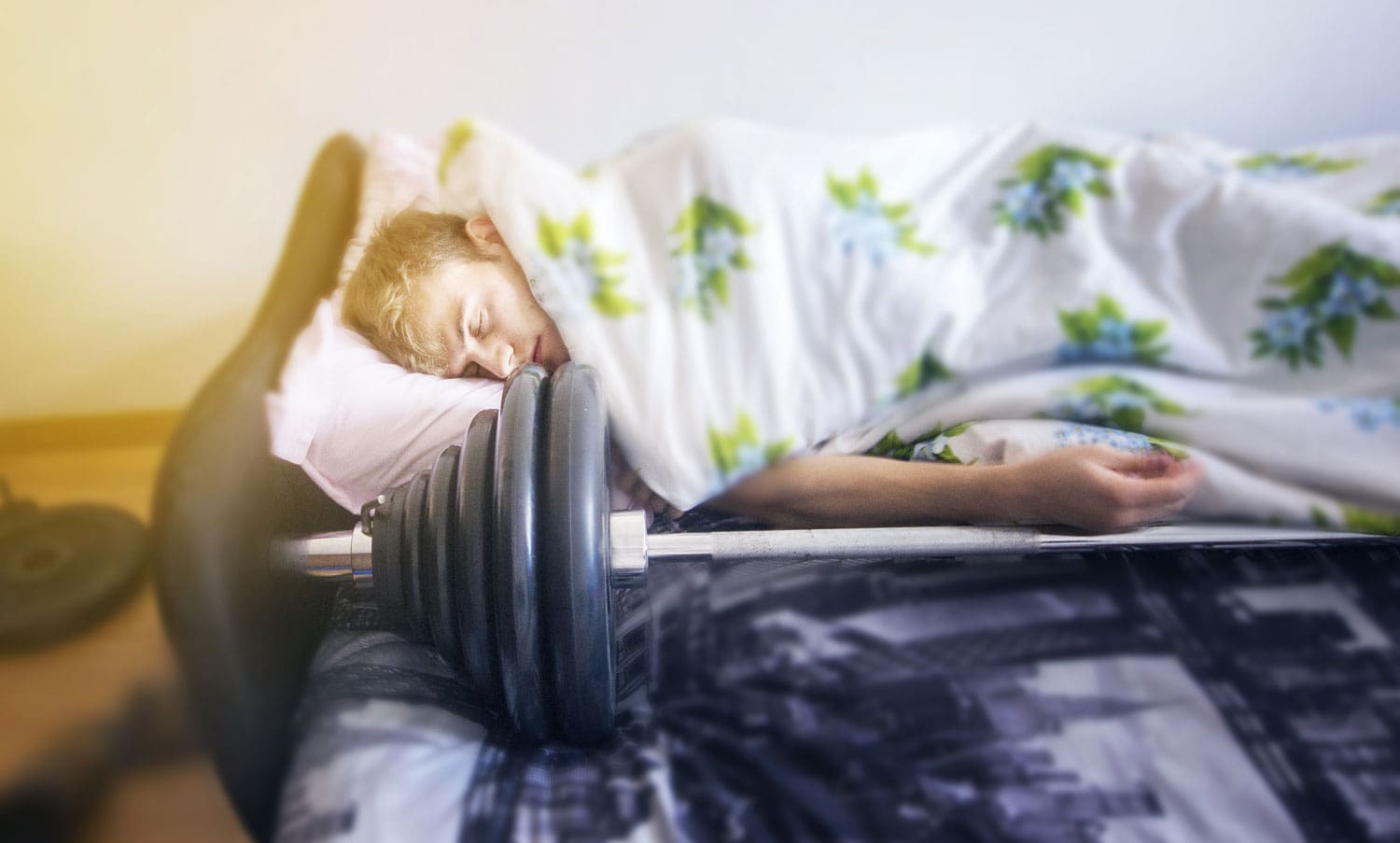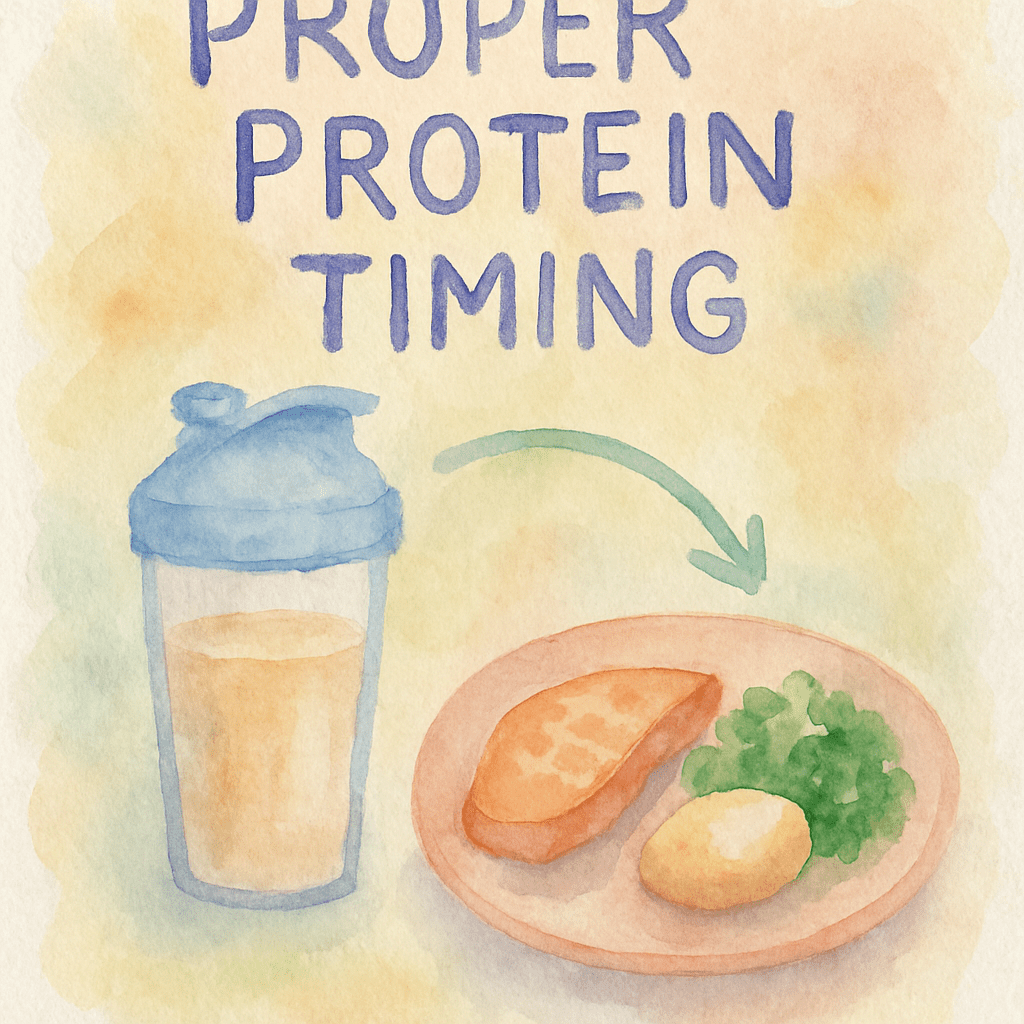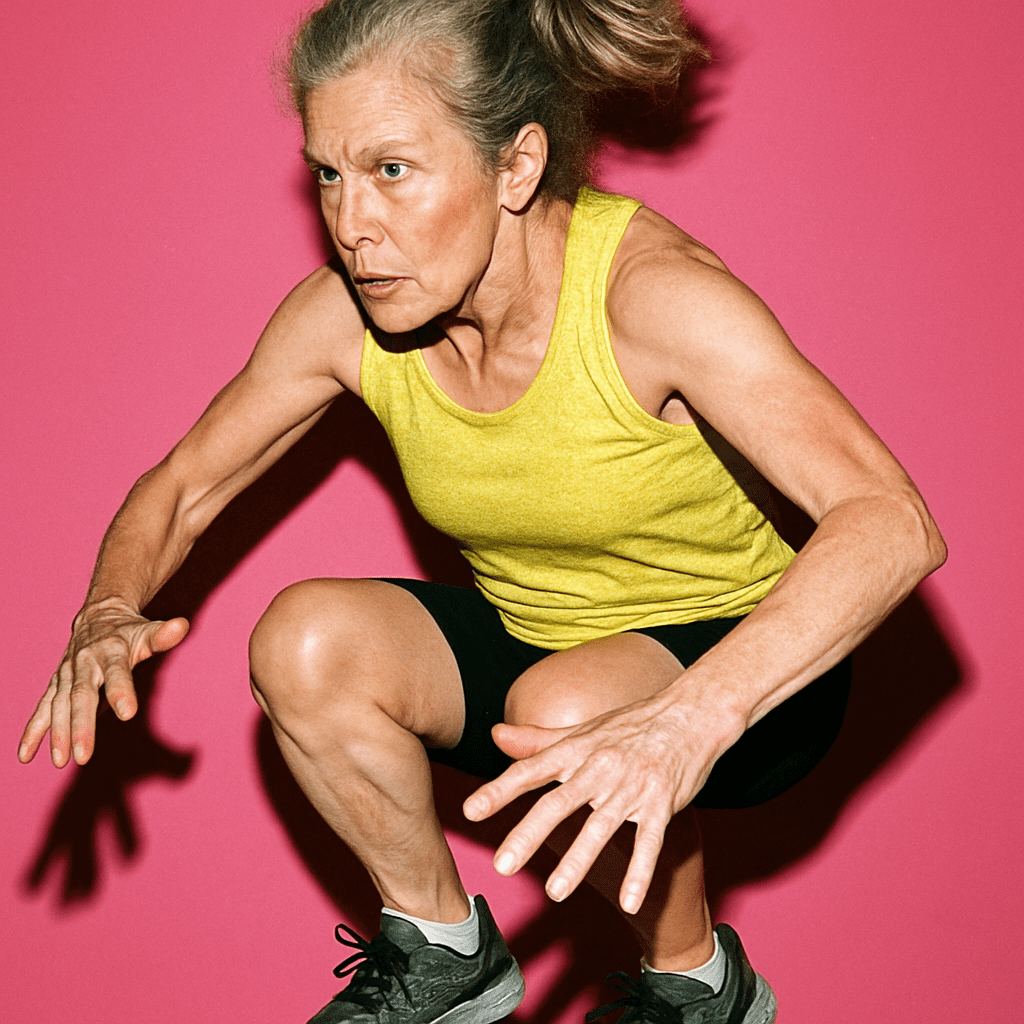By Bethany Bradshaw
Post-Traumatic Stress Disorder (PTSD) is a mental health condition of long-term stress occurring as a result of exposure to traumatic events and severe psychological shock. It is clinically diagnosable and distinguished by certain characteristic features such as sleep disturbances, frequent and clear flashbacks, and emotional irritability or numbness. In the most recent Diagnostic and Statistical Manual of Mental Disorders (DSM-5), a PTSD diagnosis can be further classified as comorbid, which means it may occur simultaneously with another psychiatric disorder. These comorbidities, such as anxiety, depression, or substance use disorder (among many others mental health conditions), may create additional stressors that can further interfere with daily living and acceptable functioning within society. Furthermore, those diagnosed with PTSD are at an increased risk for suicidal ideation and behaviors, according to DSM-5. While it cannot be definitively stated that PTSD causes suicides, evidence suggests a positive correlation between the number of individuals diagnosed with PTSD and the suicide rate. Thus, it is imperative that prompt and effective treatment methods are employed to save as many lives as possible.
It’s important to clarify that there are other “Trauma- and Stressor-Related Disorders” categorized in the DSM-5. According to the manual, “These include reactive attachment disorder, disinhibited social engagement disorder, … acute stress disorder, and adjustment disorders”. Each of these disorders may also present in a veteran, either as a result of military service or other personal life experiences. Proper and thorough screening techniques can ensure that the correct diagnosis is made. Each of these disorders, though all trauma and stress related, will have different treatments and paths to recovery. We will discuss PTSD specifically and the future of treatment with exercise interventions.
PTSD can develop in anyone after they are exposed to trauma regardless of age, gender, occupation, or socioeconomic status. However, the military veteran population is especially vulnerable. Active-duty military may face numerous traumas during service due to the unique nature of the job. The psychological demands of the military can create pressure and be compounded by war-induced stressors found on a deployment to active combat zones such as Iraq, Afghanistan, or Pakistan. It is important to note, however, that soldiers do not need to have been deployed to screen positive for PTSD. Traumatic experiences can vary widely from fighting in an active war zone to harassment under poor leadership. According to a 2016 paper, the percentage of military veterans screening positive for PTSD may vary from 13.5% to upwards of 30%. However, its’ existence dates all the way back to ancient wars. This suggests that PTSD is not new and has been an ongoing issue for centuries. PTSD is a complex disorder that is not easily solved with simple solutions. The multifaceted nature of the disorder creates unique challenges to be addressed holistically via treatment methods to address the individual components in each veteran diagnosed.
Once PTSD develops and is diagnosed, it may be classified as either acute or chronic. Acute bouts occur for a relatively short amount of time such (a single week or month). A diagnosis of chronic PTSD may last many months or years at a time. In the veteran population, both acute and chronic cases may occur. Exposure to triggering sounds, sights, or thoughts can make recovery much harder or even cause a relapse in some who have otherwise recovered from the disorder. In 2022, the US Department of Veterans Affairs stated that those suffering from PTSD are often triggered by new traumas that can spur further a decline in cognitive and physical functioning. This decline may manifest in the form of irritability, poor sleep, paranoia, or depression. Examples of potential triggers specific to the veteran population are the sound of fireworks, watching an intense action scene in a war-themed movie, or intrusive thoughts that enter the mind spontaneously. It may be difficult for veterans to avoid certain triggers, so it is imperative that treatment plans include healthy coping mechanisms to handle the many varied forms of stress throughout daily life.
There are numerous treatments currently approved to treat PTSD in veterans in the United States. A 2016 paper noted that treatment can consist of psychological treatment, pharmacological intervention, or a combination of the two. Approved psychological therapies include Cognitive Behavioral Therapy (CBT), Prolonged Exposure (PE), and Eye Movement Desensitization and Reprocessing (EMDR). The use of prescription medications consists primarily of antidepressants like Selective Serotonin Reuptake Inhibitors (SSRIs).
In 2015, National Public Radio reported that even with an array of treatment options, on average, twenty-two military personnel commit suicide every day. This alarming suicide rate may also be evidence that some veterans are not receiving the appropriate treatment. There are a variety of external factors that can make receiving adequate treatment difficult for veterans and other military personnel. Barriers to treatment can include low availability of services, living in a rural setting, and the heavy social stigma surrounding mental health treatments, according to a 2016 paper. The current research clearly demonstrates that treatment methods are not optimally effective. Additional mental health screening within the military could help to identify early warning signs of PTSD. These screenings could be completed while soldiers are classified as active duty and beyond into veteran status. It may also be beneficial to consider alternative treatment plans for veterans. They may be either stand-alone treatments or used in conjunction with other types of therapy to maximize the overall benefits.
There are many different types of exercise to choose from, each with their own unique benefits and risks. All types of exercise can be grouped into one or more of the four main categories: endurance, strength, balance, and flexibility. Training in all types of exercise can easily be incorporated into the daily routine to resist sedentary behaviors that could otherwise be harmful to the body and mind. Physical activity will produce different adaptations in each veteran according to factors such as genetics, nutrition, and hydration. Regardless of specific personal adaptations to exercise, remaining active while aging offers a broad range of physical benefits that can encourage living a long, healthy, and independent life. Beyond just physical improvements, exercise can also enhance cognitive capabilities to promote a long and healthy life.
In 2016, exercise physiologists thoroughly examined endurance and strength training exercises and their associated benefits. Endurance exercise typically involves physical activities that place demand on the body for relatively long periods of time, often at a lower intensity. In endurance training, the body relies primarily on the aerobic system. The aerobic system requires oxygen to produce energy in the form of adenosine triphosphate (ATP), necessary for the activity. Common examples of endurance exercises include open water swimming, marathon running, or distance triathlons. The 2016 study found the physical benefits of endurance exercise included a reduced fall risk, increased life expectancy, and increased VO2 max (a measure of the body’s maximum oxygen consumption during exercise). These adaptations tend to support the claim that an active lifestyle is a healthier lifestyle when compared to sedentary behaviors.
Strength training involves specific muscle adaptations to increased stress and resistance. This type of training, according to a 2016 paper, is based on the principle of progressive overload where the training load is “gradually increased to progressively overload the muscles, heart, and other tissues to provide enough stress to stimulate adaptations”. As a consequence, the central nervous system, which controls all muscle contractions, adapts via increased motor unit recruitment, increased number of muscle proteins, and increased muscle cell size (muscle hypertrophy). The short bursts of power necessary for strength training cause the body to depend primarily on the anaerobic system, using no oxygen, to provide adequate amounts of ATP energy to accommodate the imposed load. Common examples of strength training are lifting free weights, utilizing resistance bands, or completing bodyweight exercises like push-ups or pull-ups. Positive physical effects of strength training include increased bone density, increased strength of ligaments (to promote higher structural integrity in the body), and increased muscle mass. These adaptations are especially important for older adults to maintain independent living and a higher quality of life.
Balance and flexibility may be trained separately, but their effects complement each other quite well. In 2014, researchers from the University of Jaen in Spain studied the association between flexibility and balance in relation to risk of falling. Primarily, the fall risk increases as aging occurs and a lack of balance and flexibility may be contributors. The researchers stated that “falls are considered the most common geriatric symptom” and noticed a “relation between the lack of muscle flexibility and poor walking ability and body balance”. Individuals can combat falls and improve the likelihood of independent living by frequently incorporating balance and flexibility training with activities such as light stretching, calisthenics, yoga, or Pilates.
Living a physically active life provides benefits that reach far beyond physical functioning and appearance. Exercise can be beneficial in maintaining good mental health as well. For many decades, research has consistently shown the positive effect of physical exercise on mental wellbeing. Specifically, a 2015 study found some psychological benefits include decreased anxiety, depression, hostility, tension, and phobias while increasing confidence, emotional stability, positive body image, assertiveness, and cognitive functioning. These benefits, combined with physiological improvements in the body, are significant enough to support advocating for living an exercise-filled lifestyle that offers the opportunity for more joyful longevity.
The alarmingly high suicide rate among military personnel and a lack of new and effective treatment options for veterans suggests that more work needs to be done to protect the past, present, and future service members. The numerous physical and psychological benefits of exercise could provide a healthy activity to fill some of the current gaps in treatment effectiveness. Exercise could be “prescribed” as a form of treatment or used in conjunction with an existing therapy. More research could establish the best method for incorporating exercise into a viable PTSD treatment program for veterans.
A systematic review, conducted in 2016 on PTSD treatments, found that exercise can help reduce several PTSD signs and symptoms including anxiety, depression, and substance abuse. The researchers found that “it is likely that exercise is inversely correlated with PTSD and its symptoms”. From this evidence, it appears that exercise benefits could be effective treatment options to address PTSD. As it has already been established, veterans face several barriers to seeking and receiving treatment. Exercise is an activity that can be completed virtually anywhere, anytime, and provides a potential treatment option with very low barriers to entry.
The overarching goals in any PTSD treatment should be to adequately manage signs, symptoms, and triggers to best promote a high quality of independent living. The treatment should also lead to the formation of meaningful relationships that limit the risk of suicidal ideation and behaviors. Exercise may be seen as a healthy coping mechanism for veterans that could encourage more positive behavior trends. Using exercise as a coping mechanism could also act to decrease the occurrence of suicides among the veteran population. Exercise could provide a healthy outlet to relieve built up stress while promoting an active lifestyle.
There is mounting evidence that aerobic exercise, specifically, may be best suited to combat PTSD. Aerobic exercise places stress on the cardiovascular system and requires oxygen to meet energy demands. Aerobic exercise is typically completed over longer time periods with lower intensity activities. A 2019 review of the current literature suggested the benefits of aerobic exercise in relation to PTSD symptoms include, “exposure and desensitization to internal arousal cues, enhanced cognitive function, exercise-induced neuroplasticity, normalization of hypothalamic pituitary axis function, and reductions in inflammatory markers”. Furthermore, these benefits were not reduced when exercise was used as the primary treatment or as a supplementary activity in individuals already undergoing regular treatment. The benefits of aerobic exercise are unique and should be considered when creating an effective PTSD treatment plan.
A recent development in the arena of aerobic exercise is the idea of “exercise snacks”. These exercise “snacks” consist of a few Sprint Interval Training (SIT) sessions using very short bursts of extremely high intensity exercise. The sessions should be spread throughout the day interspersed with long periods of rest to promote optimal recovery, according to a 2019 study. In the experimental conditions, “Cardiorespiratory fitness was similarly increased by a protocol involving sprint snacks spread throughout the day”. Moreover, inducing increased aerobic capacity could elicit similar physiological effects on the body and mind. Therefore, veterans with PTSD may benefit from exercise snacks and the resultant increases in aerobic fitness. Of course, further research should be directed towards short bouts of exercise as a viable PTSD treatment.
PTSD is a complex disorder that occurs at disturbingly high rates in veterans. It is frequently seen comorbid with other mental health disorders that limit functioning in society. There are several treatment options currently approved for use in the military population, yet the high suicide rate among military personnel suggest that treatment may be inadequate. Exercise of all kinds may lead to improvements in physical and mental capabilities. Exercise has not yet been approved as a legitimate treatment option for veterans, but it could help reduce the current high barriers to receiving proper treatment. Specifically, aerobic exercise appears to have a positive impact on PTSD related symptoms. The link between exercise and a reduction in PTSD symptoms in veterans is becoming clear based on a review of the current scholarly literature. Changes in the current treatment methodology should include an examination of incorporating exercise as a treatment, either on its own or with other behavioral and pharmacological therapies.
Future studies should investigate the emerging gaps within the field. For instance, the effects of group exercise on PTSD symptoms in veterans has not been thoroughly investigated. A group exercise regimen may promote healthy habits and help build better social relationships. Additionally, studies should analyze the barriers to treatment for veterans, and offer effective alternatives to increase the number of veterans receiving the treatment they need. Reducing the stigma and perceived barriers towards receiving appropriate treatment may be the best approach to decreasing suicide rates among our military veterans.
References
American Psychiatric Association. (2013). Diagnostic and statistical manual of mental disorders (5th ed.). https://doi.org/10.1176/appi.books.9780890425596
Emilio, E. J., Hita-Contreras, F., Jiménez-Lara, P. M., Latorre-Román, P., & Martínez-Amat, A. (2014). The association of flexibility, balance, and lumbar strength with balance ability: risk of falls in older adults. Journal of sports science & medicine, 13(2), 349–357. https://www.ncbi.nlm.nih.gov/pmc/articles/PMC3990889/
Hegberg NJ, Hayes JP and Hayes SM (2019) Exercise Intervention in PTSD: A Narrative Review and Rationale for Implementation. Front. Psychiatry 10:133. https://doi.org/10.3389/fpsyt.2019.00133
James W. Whitworth, MA, Joseph T. Ciccolo, PhD, Exercise and Post-Traumatic Stress Disorder in Military Veterans: A Systematic Review, Military Medicine, Volume 181, Issue 9, September 2016, Pages 953–960, https://doi.org/10.7205/MILMED-D-15-00488
Kenney, W. L., & Murray, B. (2016). Practical Guide to Exercise Physiology. Human Kinetics.
Little, J.P., Langley, J., Lee, M. et al. Sprint exercise snacks: a novel approach to increase aerobic fitness. European Journal of Applied Physiology 119, 1203–1212 (2019). https://doi.org/10.1007/s00421-019-04110-z
Mandolesi L, Polverino A, Montuori S, Foti F, Ferraioli G, Sorrentino P and Sorrentino G (2018) Effects of Physical Exercise on Cognitive Functioning and Wellbeing: Biological and Psychological Benefits. Front. Psychol. 9:509. https://doi.org/10.3389/fpsyg.2018.00509
Price, J. (2015, October 1). The Number 22: Is There A ‘False Narrative’ for Vet Suicide? National Public Radio. Retrieved July 19, 2022, from https://www.npr.org/2015/10/01/444999996/the-number-22-is-there-a-false-narrative-for-vet-suicide
Reisman M. (2016). PTSD Treatment for Veterans: What’s Working, What’s New, and What’s Next. P & T : a peer-reviewed journal for formulary management, 41(10), 623–634. https://www.ncbi.nlm.nih.gov/pmc/articles/PMC5047000/
US Department of Veteran Affairs. (2022, September 23). Trauma Reminders: Triggers. PTSD: National Center for PTSD. Retrieved July 19, 2022, from https://www.ptsd.va.gov/understand/what/trauma_triggers.asp


